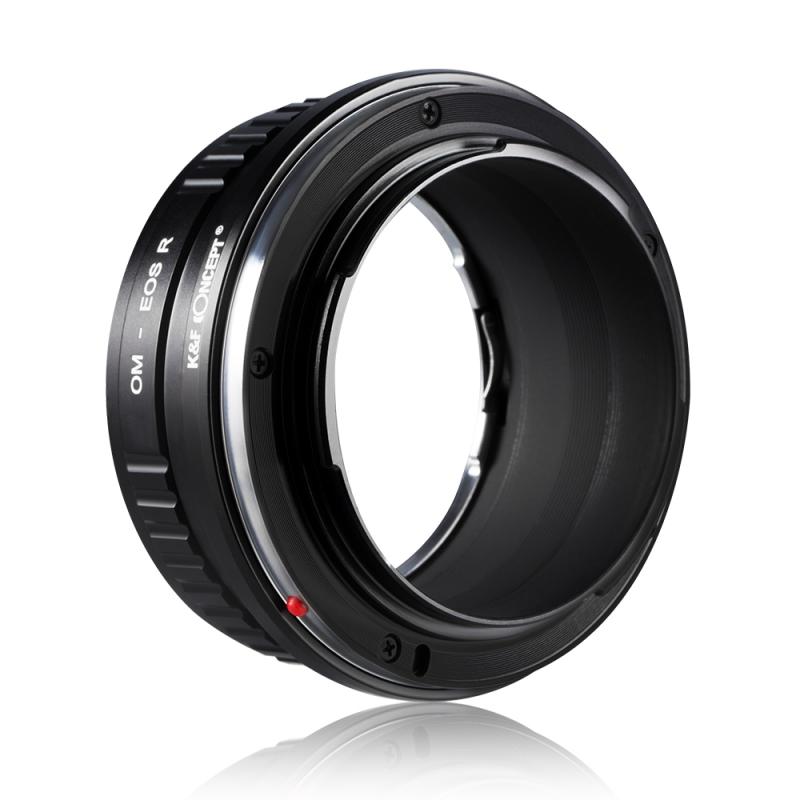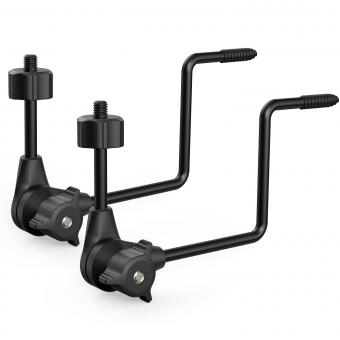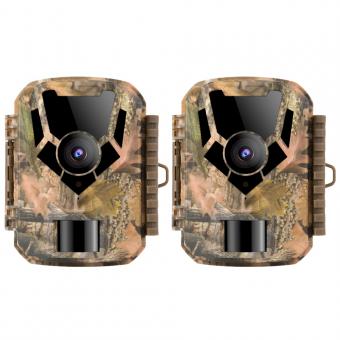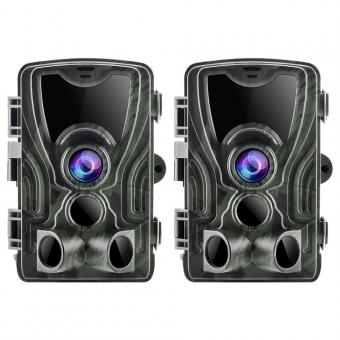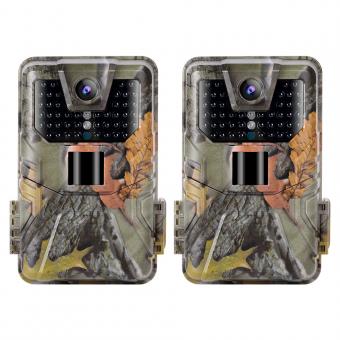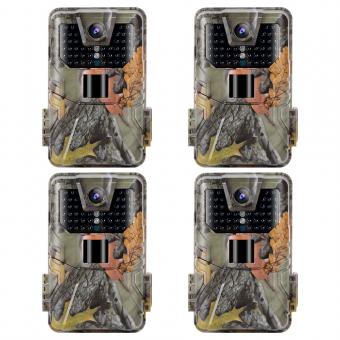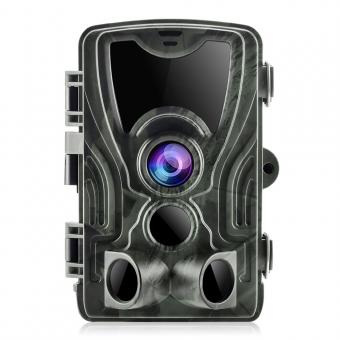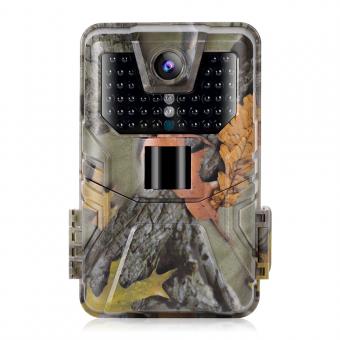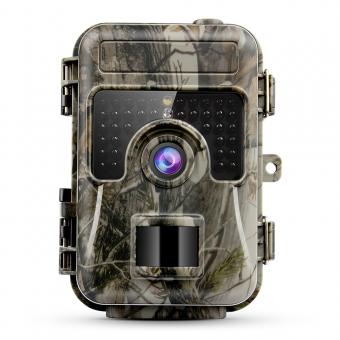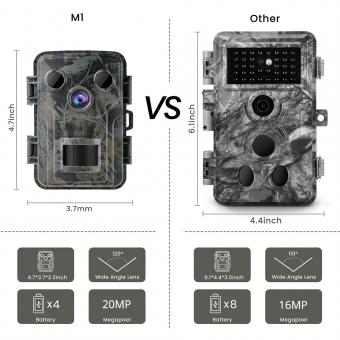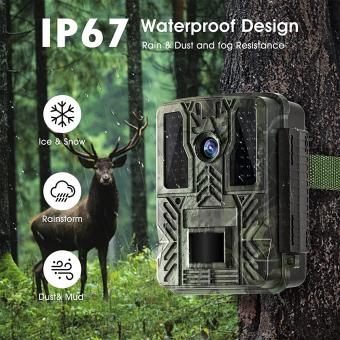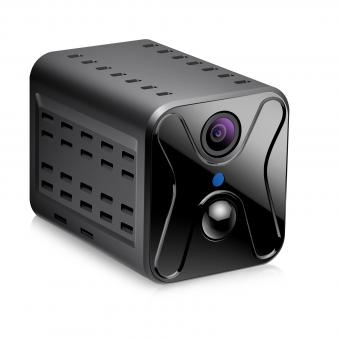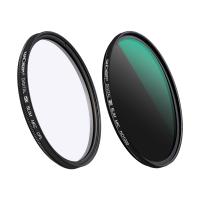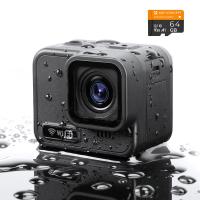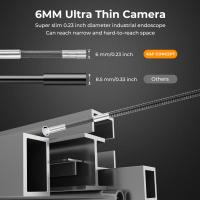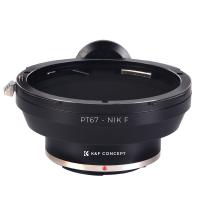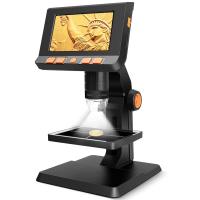Are Trail Cameras Motion Activated ?
Yes, trail cameras are typically motion activated. They are designed to capture images or videos when they detect movement within their field of view. This feature allows them to be used for wildlife monitoring, security surveillance, and other outdoor applications.
1、 Motion detection technology in trail cameras
Motion detection technology in trail cameras has become increasingly advanced in recent years. Trail cameras are indeed motion activated, meaning they are designed to detect movement and capture images or videos when triggered by motion. This feature is crucial for capturing wildlife activity in remote areas or monitoring specific locations for security purposes.
The motion detection technology in trail cameras typically relies on infrared sensors or passive infrared (PIR) sensors. These sensors are capable of detecting changes in heat signatures or movement within their field of view. When triggered, the camera is activated, and it captures images or records videos based on the settings configured by the user.
In recent years, there have been significant advancements in motion detection technology in trail cameras. Some cameras now feature faster trigger speeds, allowing for quicker detection and capturing of moving subjects. Additionally, improved sensitivity and range of motion detection sensors have enhanced the accuracy and reliability of these cameras.
Furthermore, many trail cameras now offer adjustable sensitivity settings, allowing users to customize the level of motion required to trigger the camera. This feature helps reduce false triggers caused by small animals, branches, or other non-targeted movements.
It is worth noting that some trail cameras also offer additional features such as time-lapse mode or hybrid mode, which combines time-lapse and motion detection. These features provide users with more flexibility in capturing wildlife activity or monitoring specific areas.
Overall, motion detection technology in trail cameras has evolved significantly, providing users with more reliable and efficient ways to capture wildlife moments or monitor remote locations.
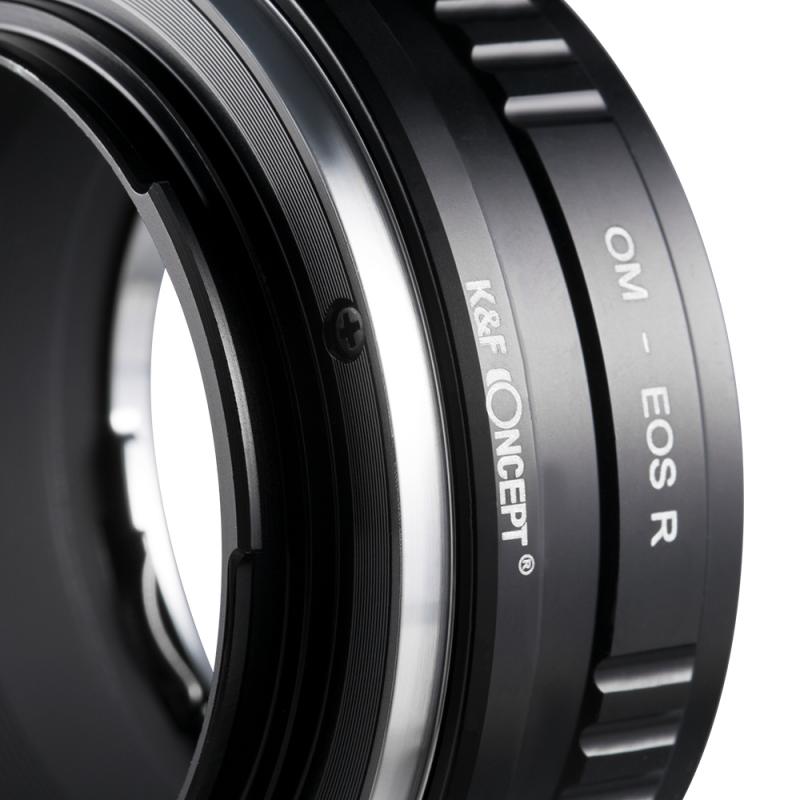
2、 How trail cameras use motion sensors for activation
Trail cameras are indeed motion activated. These cameras are specifically designed to capture images or videos of wildlife or any other moving objects in outdoor environments. The primary mechanism that enables trail cameras to detect motion is the use of motion sensors.
Motion sensors in trail cameras work by detecting changes in the infrared energy levels within their field of view. When an object moves within the camera's range, it causes a disruption in the infrared energy pattern, triggering the camera to activate and start recording or taking pictures. This technology allows trail cameras to conserve battery life by remaining in a standby mode until motion is detected.
The latest trail cameras are equipped with advanced motion sensors that offer improved detection capabilities. These sensors are designed to be highly sensitive, ensuring that even the slightest movement is detected. Additionally, they have a wide detection range, allowing the camera to cover a larger area and capture more detailed footage.
Some trail cameras also feature adjustable sensitivity settings, allowing users to customize the level of motion required to trigger the camera. This feature is particularly useful in areas with high wildlife activity, where users may want to reduce false triggers caused by smaller animals or vegetation movement.
In conclusion, trail cameras use motion sensors for activation. These sensors play a crucial role in detecting movement and triggering the camera to capture images or record videos. With advancements in technology, motion sensors in trail cameras have become more sensitive and offer a wider detection range, enhancing their effectiveness in capturing wildlife activity.
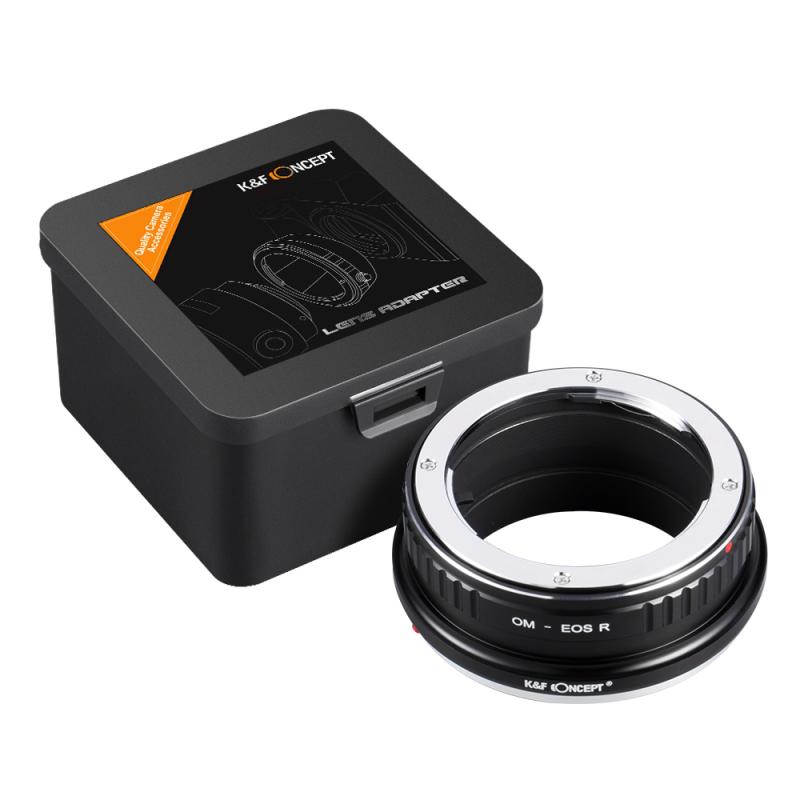
3、 Understanding the motion-activated feature in trail cameras
Trail cameras are indeed motion activated. This feature is one of the key aspects that make trail cameras so effective for capturing wildlife and monitoring outdoor areas. When a trail camera is set up, it remains in standby mode until it detects motion within its field of view. Once motion is detected, the camera is triggered to start recording or taking photos.
Understanding the motion-activated feature in trail cameras is crucial for maximizing their effectiveness. The sensitivity of the motion sensor can usually be adjusted to ensure that it captures only the desired movements. This is particularly important in areas with high wildlife activity, as it helps to prevent the camera from being triggered by every small movement.
The latest trail cameras often come equipped with advanced motion detection technology. These cameras use infrared sensors or passive infrared (PIR) sensors to detect heat and movement. This allows them to accurately detect even the slightest motion, ensuring that no activity goes unnoticed.
Additionally, some trail cameras now offer customizable settings for motion detection. Users can set specific trigger intervals, which determine how often the camera will be activated after detecting motion. This feature helps conserve battery life and memory space by preventing the camera from continuously recording or taking photos.
In conclusion, trail cameras are motion activated, and the motion-activated feature is an essential aspect of their functionality. The latest advancements in motion detection technology have made trail cameras even more efficient and reliable in capturing wildlife and monitoring outdoor areas.
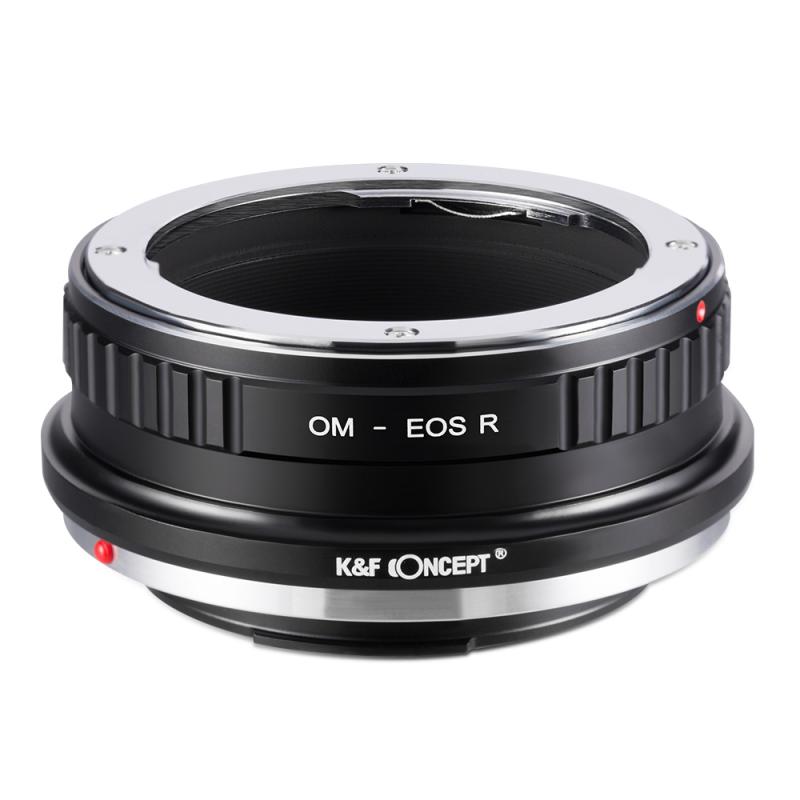
4、 Exploring the functionality of motion detection in trail cameras
Trail cameras are indeed motion activated. This feature is one of the key functionalities that make trail cameras popular among outdoor enthusiasts, wildlife researchers, and hunters. When a trail camera is set up in the field, it remains in standby mode until it detects any movement within its range. Once motion is detected, the camera is triggered to start recording or taking pictures.
The motion detection technology in trail cameras has evolved over the years, becoming more advanced and accurate. Early models relied on simple infrared sensors that detected changes in heat signatures to trigger the camera. However, modern trail cameras now utilize more sophisticated motion sensors, such as passive infrared (PIR) sensors, which can detect both heat and movement.
These PIR sensors are designed to detect changes in temperature and movement patterns, allowing the camera to accurately distinguish between actual wildlife movement and false triggers caused by wind, branches, or other non-targeted objects. This helps to reduce false alarms and ensures that the camera captures only relevant footage.
Moreover, some trail cameras now come equipped with advanced features like adjustable sensitivity settings, which allow users to customize the level of motion required to trigger the camera. This flexibility is particularly useful in areas with high wildlife activity, where users may want to avoid capturing excessive footage.
In conclusion, trail cameras are motion activated, and their motion detection technology has significantly improved over time. With the latest advancements, these cameras are now more accurate and efficient in capturing wildlife activity, making them an invaluable tool for outdoor enthusiasts and researchers alike.
